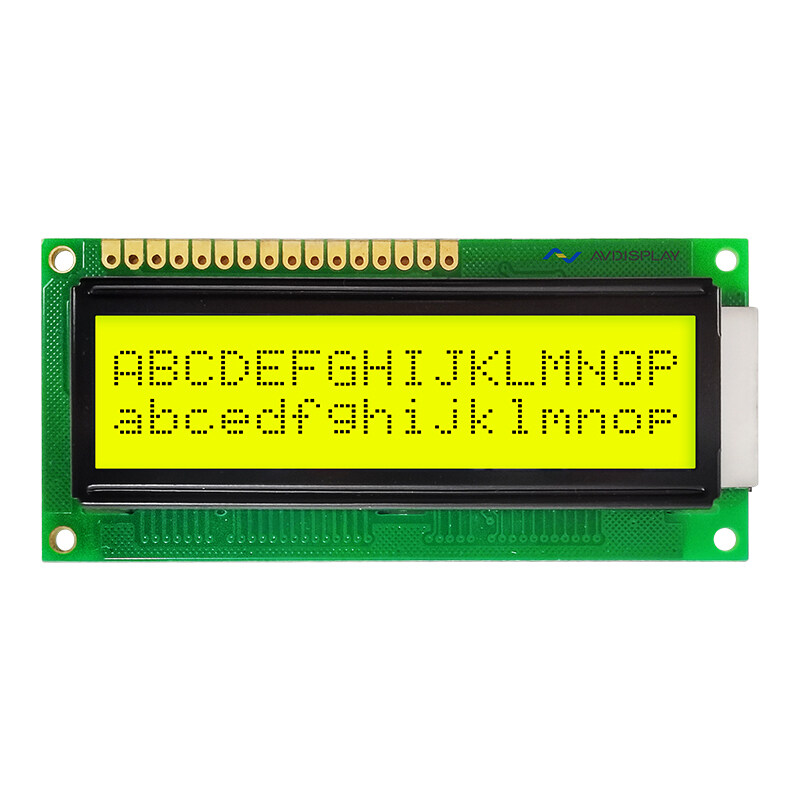Email format error
Email cannot be empty
Email already exists
6-20 characters(letters plus numbers only)
The password is inconsistent
Email format error
Email cannot be empty
Email does not exist
6-20 characters(letters plus numbers only)
The password is inconsistent


Introduction
AC COB (chip-on-board) modules are widely used in various lighting applications due to their compact size, high efficiency, and versatility. In this blog post, we will explore the applications, working principle, advantages and disadvantages, installation and usage precautions, pricing and performance, lifespan and reliability, and future trends of AC COB modules.
Applications
AC COB modules find applications in a wide range of lighting solutions, including residential lighting, commercial lighting, automotive lighting, and outdoor lighting. They are commonly used in downlights, track lights, spotlights, floodlights, and streetlights. The versatility of AC COB modules allows them to be used in both indoor and outdoor environments.
Working Principle
AC COB modules consist of multiple LED chips mounted directly onto a ceramic or metal substrate. These chips are connected in series or parallel to form a COB array. Unlike DC COB modules, AC COB modules can be directly connected to the AC power supply without the need for an external driver. The AC power is rectified and regulated within the module itself, providing a constant current to the LEDs.
Advantages
One of the key advantages of AC COB modules is their simplified design. The absence of an external driver reduces the overall size and cost of the lighting system. AC COB modules also offer high efficiency, as the power conversion and regulation are performed within the module itself. Additionally, AC COB modules provide a uniform and high-quality light output, making them suitable for various lighting applications.
Disadvantages
Despite their advantages, AC COB modules have a few limitations. One of the main drawbacks is the lack of dimming capabilities. Since the power regulation is integrated into the module, it becomes challenging to achieve smooth dimming functionality. Additionally, AC COB modules may generate more heat compared to DC COB modules, which can affect their lifespan and reliability.

Installation and Usage Precautions
When installing AC COB modules, it is essential to follow the manufacturer’s guidelines and ensure proper thermal management. Adequate heat sinking and ventilation should be provided to dissipate the heat generated by the module. It is also crucial to handle the modules with care to avoid damaging the LED chips or the substrate.
Pricing and Performance
The pricing of AC COB modules varies depending on factors such as power output, colour temperature, and brand. Generally, AC COB modules are competitively priced compared to DC COB modules. In terms of performance, AC COB modules offer high luminous efficacy, excellent colour rendering, and a long lifespan.
Lifespan and Reliability
The lifespan of AC COB modules can vary depending on the operating conditions and quality of the module. On average, AC COB modules can have a lifespan of 50,000 to 100,000 hours. However, proper thermal management and operating within the specified temperature range are crucial to ensuring the longevity and reliability of the modules.
Future Trends
As technology advances, AC COB modules are expected to witness further improvements in terms of efficiency, dimming capabilities, and thermal management. The integration of smart lighting features and compatibility with IoT (Internet of Things) platforms is also a potential future trend for AC COB modules.
Conclusion
AC COB modules offer a compact, efficient, and versatile lighting solution for various applications. Their simplified design, high efficiency, and uniform light output make them a popular choice in the lighting industry. However, the lack of dimming capabilities and potential heat generation should be considered when selecting and using AC COB modules. With proper installation, usage, and advancements in technology, AC COB modules are expected to continue evolving and meeting the demands of the lighting market.